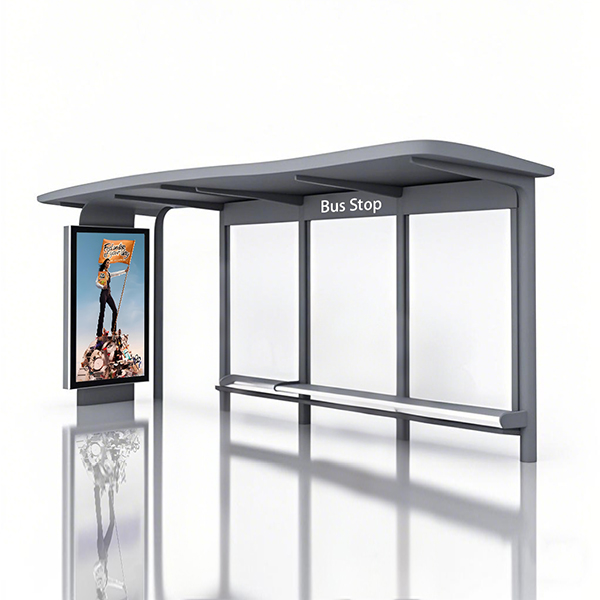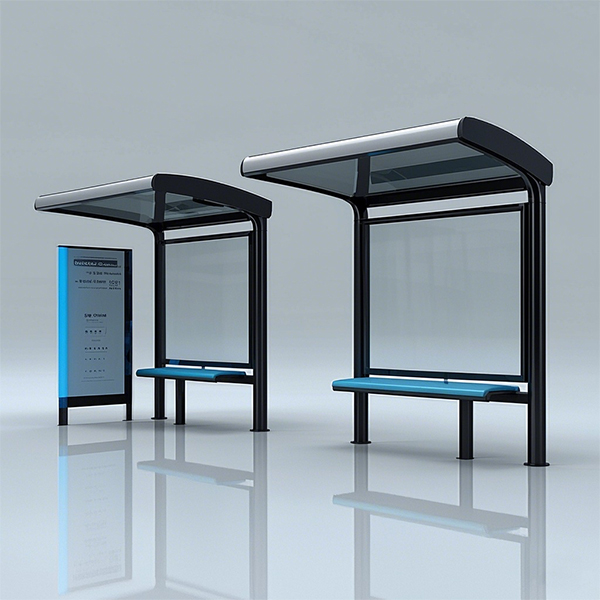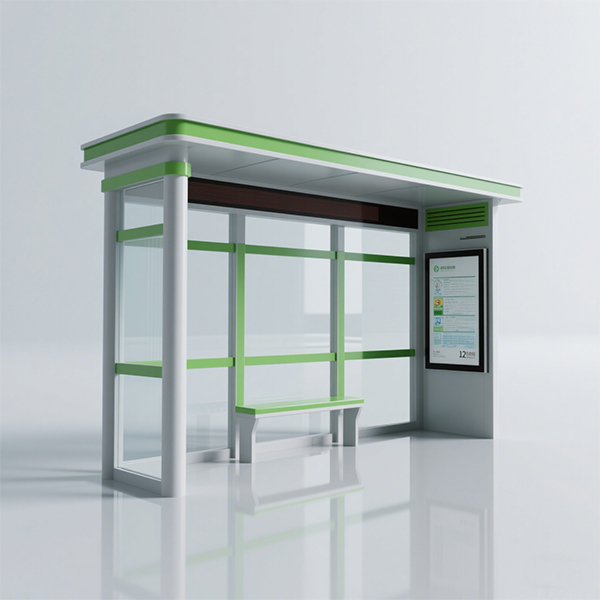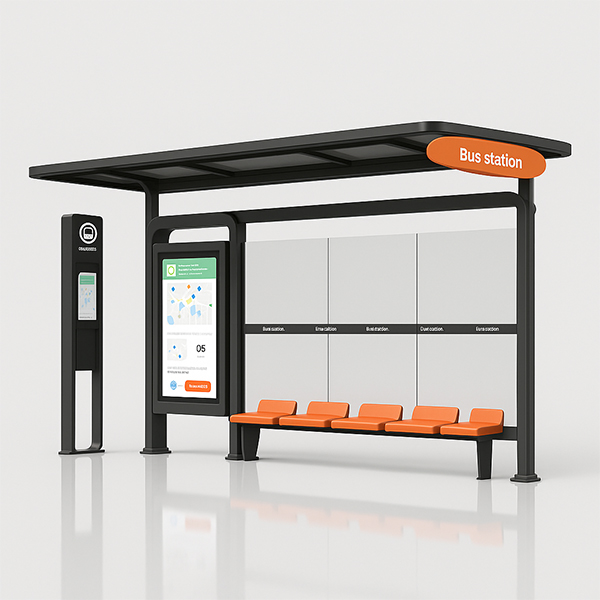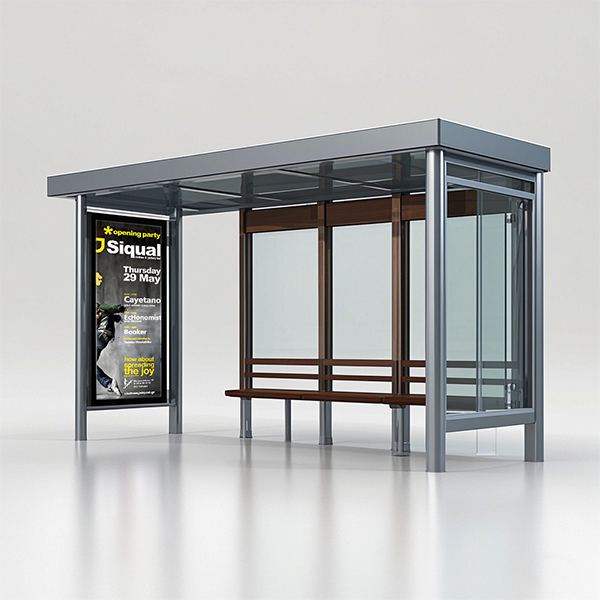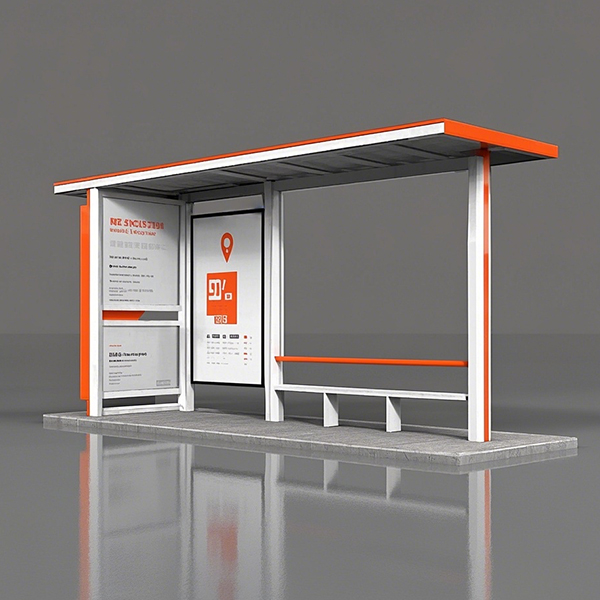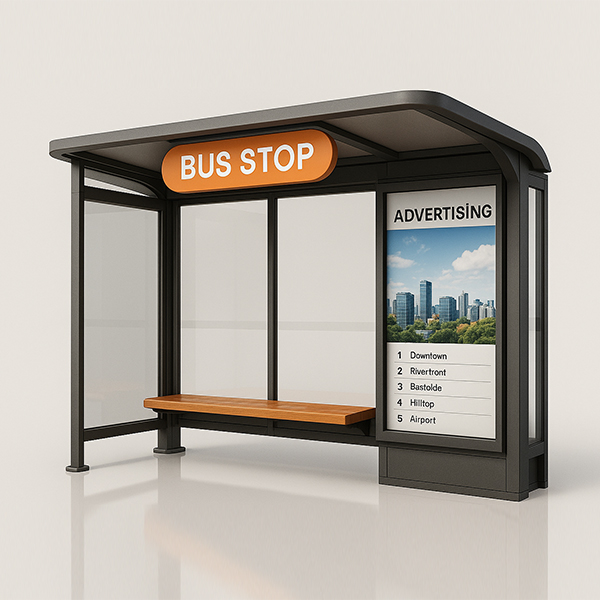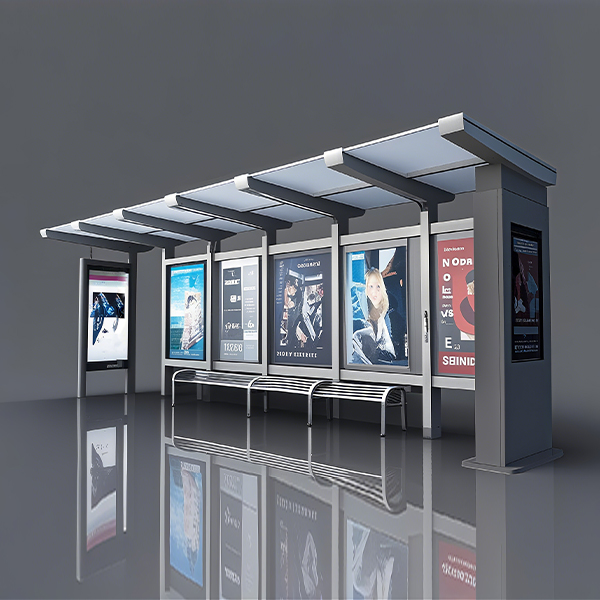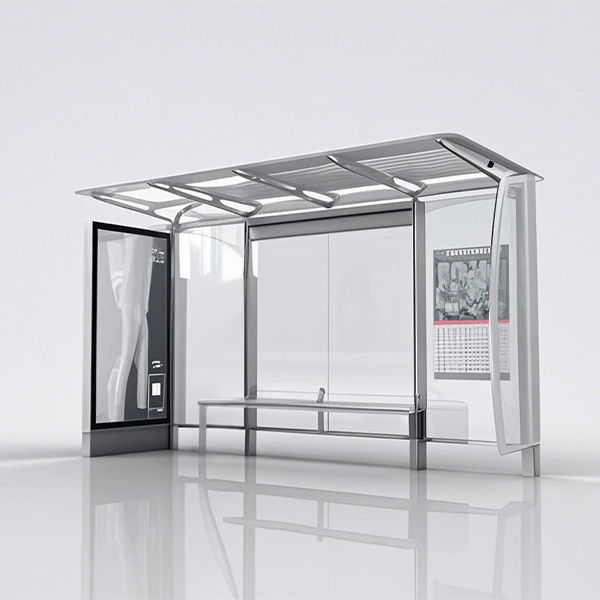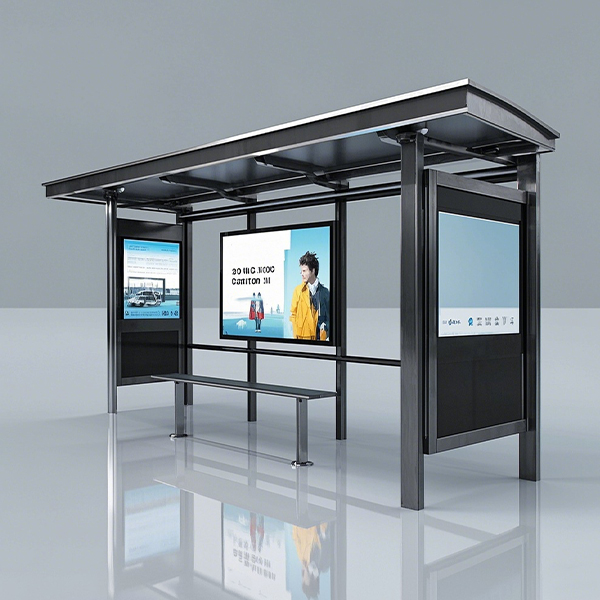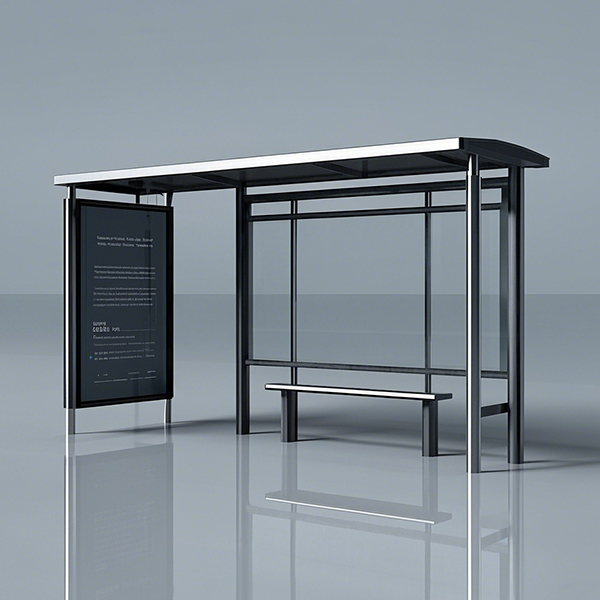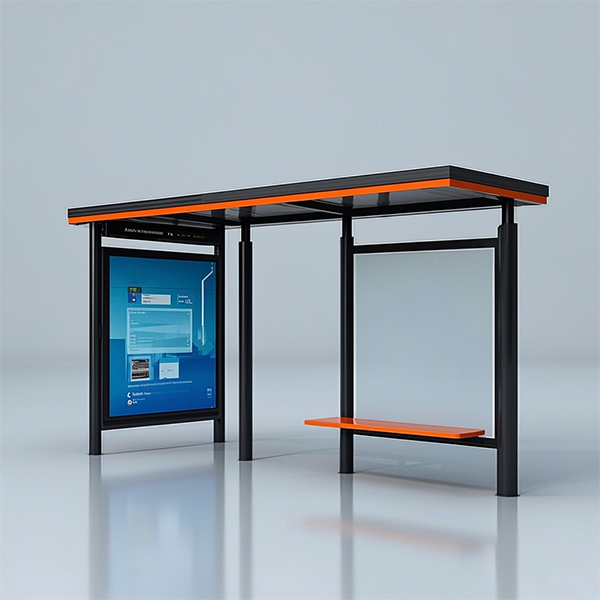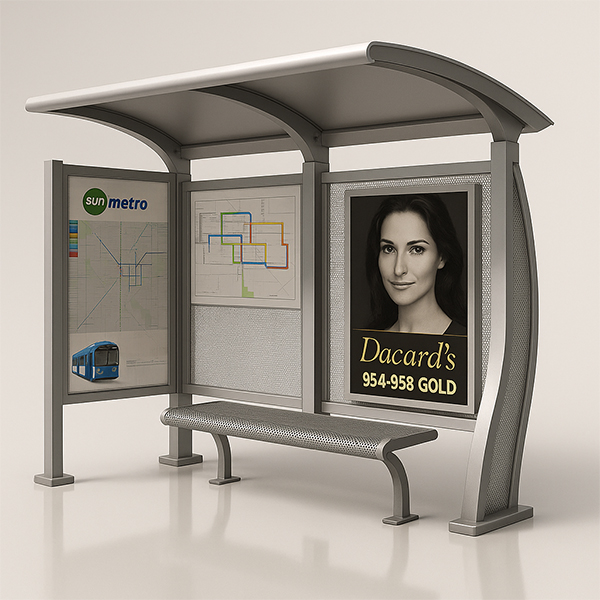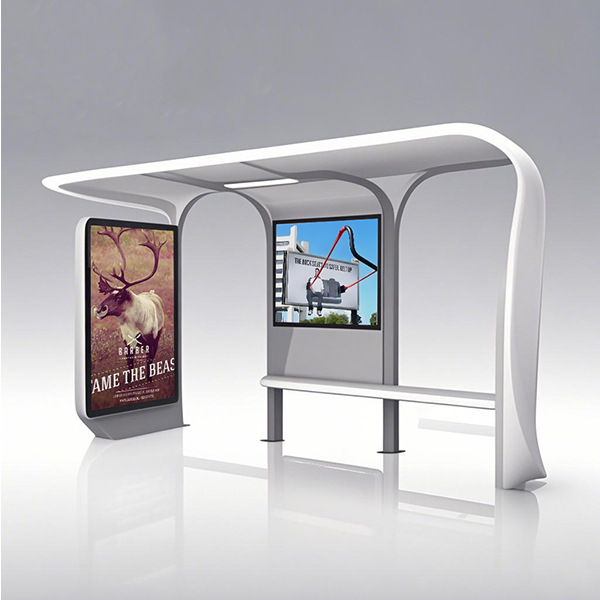
portable bus stop shelter
This guide explores the world of portable bus stop shelters, covering design considerations, material choices, installation, benefits, and regulations. We’ll delve into the practical aspects of choosing and implementing a shelter that enhances passenger comfort and safety.
Design Considerations for Portable Bus Stop Shelters
Shelter Size and Capacity
The size of your portable bus stop shelter will depend on anticipated ridership. Consider factors such as average waiting times and the typical number of passengers using the stop during peak hours. Larger shelters provide more space and comfort, but also require more space for installation. Smaller shelters are more suitable for low-traffic areas.
Shelter Materials and Durability
Choosing durable materials is crucial for longevity. Common materials include aluminum, steel, polycarbonate, and high-density polyethylene (HDPE). Aluminum offers a lightweight yet strong solution, while steel provides exceptional durability. Polycarbonate offers excellent transparency and impact resistance, and HDPE is known for its weather resistance and low maintenance needs. Consider the local climate when making your material selection. For example, in areas with harsh winters, robust materials like steel might be preferable.
Accessibility Features
Accessibility is paramount. Ensure the portable bus stop shelter complies with relevant accessibility guidelines (e.g., ADA compliance in the US). This includes features such as ramps for wheelchair access, appropriate handrails, and sufficient space for maneuvering wheelchairs. Clear signage and well-lit interiors are also essential for improving accessibility.
Aesthetic Considerations
The shelter's design should complement the surrounding environment. Consider the overall aesthetic of the area and choose a shelter design that integrates seamlessly. Color choices, materials, and overall styling can all contribute to a visually appealing and well-integrated shelter.
Installation and Maintenance of Portable Bus Stop Shelters
Site Preparation and Groundworks
Proper site preparation is essential for a stable and secure installation. This may involve leveling the ground, creating a firm base, and ensuring adequate drainage to prevent water accumulation around the shelter. Consulting with a professional installer can ensure the process is carried out correctly.
Installation Process
The installation process varies depending on the shelter's design and materials. Some portable bus stop shelters are designed for easy assembly, while others may require more specialized tools and expertise. Manufacturers usually provide detailed installation instructions. Always follow these instructions carefully to ensure a safe and effective installation. For complex installations, it’s advisable to hire a professional installation team.
Regular Maintenance
Regular maintenance is key to extending the lifespan of your portable bus stop shelter. This includes regular cleaning, checking for damage, and addressing any maintenance issues promptly. A well-maintained shelter not only looks better but also provides a safer and more comfortable experience for passengers. Consider scheduling preventative maintenance checks annually.
Benefits of Using Portable Bus Stop Shelters
Portable bus stop shelters offer numerous advantages: they improve passenger comfort by providing protection from the elements; they enhance safety by providing a well-lit and secure waiting area; and they increase the overall appeal and functionality of the bus stop.
Regulations and Compliance
Ensure your portable bus stop shelter complies with all relevant local regulations and building codes. These regulations may vary by location, so it's crucial to check with your local authorities before purchasing and installing a shelter. This may include specific requirements for materials, dimensions, and accessibility features.
Choosing the Right Portable Bus Stop Shelter
Selecting the appropriate portable bus stop shelter involves careful consideration of various factors. These include the location's specific needs, budget constraints, and the desired level of durability and aesthetic appeal. Remember to research different manufacturers and compare their products before making a decision. For high-quality and durable portable bus stop shelters, consider exploring options from reputable suppliers like Shandong Luyi Public Facilities Co., Ltd., a leading provider of innovative public infrastructure solutions.
| Material | Pros | Cons |
|---|---|---|
| Aluminum | Lightweight, strong, corrosion-resistant | Can dent more easily than steel |
| Steel | Very durable, strong, long lifespan | Heavier, may require more robust installation |
| Polycarbonate | Transparent, impact-resistant, lightweight | Can scratch easily, more expensive |
| HDPE | Weather-resistant, low maintenance, durable | Less aesthetically pleasing than other options |
Remember to always prioritize passenger safety and comfort when selecting and installing your portable bus stop shelter. Proper planning and due diligence will ensure a safe, functional, and aesthetically pleasing addition to your community.
Соответствующая продукция
Соответствующая продукция








